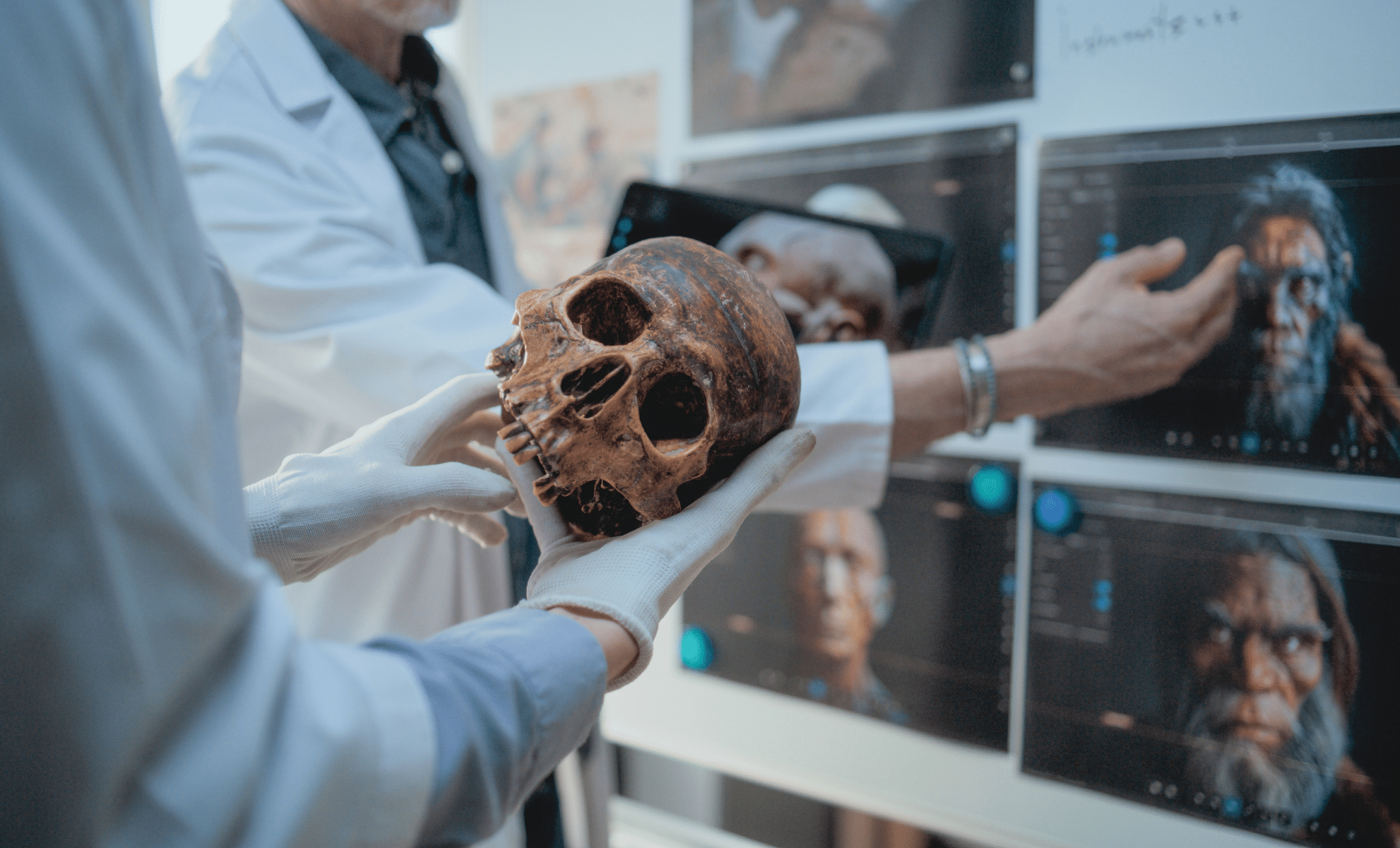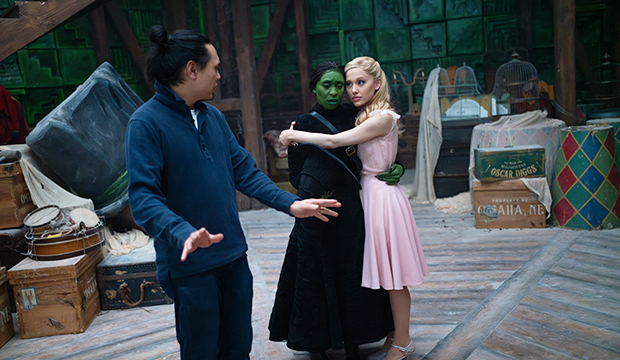Could humanity resurrect its closest extinct cousin? With rapid advances in genetic engineering, the idea of bringing back Neanderthals has moved from science fiction into the realm of technical possibility. While some researchers now believe such a feat could be achieved within two decades, the ethical, legal, and scientific implications remain deeply divisive. This speculative journey into human evolution is fueled by breakthrough technologies — and controversial visions.
Reconstructing The Past, Living In The Present
In 2010, scientists decoded the complete Neanderthal genome, revealing that many modern humans carry traces — up to 4% — of Neanderthal DNA. This milestone triggered a radical question: Could we revive an extinct hominin species?
It was a question George Church, genetics professor at Harvard, addressed head-on in 2013. In an interview with Der Spiegel, Church described a method involving the reconstruction of the Neanderthal genome by slicing it into fragments, integrating them into human stem cells, and then gestating the result in what he called an “extremely adventurous female human.”
The idea didn’t stay in the realm of the hypothetical. Church co-founded Colossal Biosciences, the company behind efforts to resurrect the woolly mammoth, and in 2025, made headlines for its work on gene-edited “woolly mice” and cloned dire wolves. Yet reengineering a hominin species like the Neanderthal raises ethical stakes far beyond animal de-extinction.
Jennifer Raff, a biological anthropologist at the University of Kansas, minced no words:
“That is one of the most unethical things I can possibly think of to attempt — full stop,” she told Live Science.
Scientific Barriers Beyond DNA
The path to de-extinction is far more complex than simply reassembling ancient DNA. Live Science reports that a Neanderthal resurrection would face multiple biological hurdles — from immune incompatibility to unknown gene-environment interactions.
Cloning is often proposed as an alternative, but even that has hard limits.
“Another route would be cloning, but in order to clone one of our extinct cousins, we would need a live Neanderthal cell,” said Hank Greely, director of the Center for Law and the Biosciences at Stanford University.
Since no living cells from Neanderthals exist, any attempt would rely on editing existing human cells — a process limited by current technology.
“You might be able to make 20 to 50 changes now,” Greely said, referring to the capacity of CRISPR genome editing tools. “But at some point, you’ll be able to change the entire thing.”
The possibility remains theoretical — but not impossible.
“I think it’s likely that, if you really wanted to do it, within 20 years or so, you could probably have a baby with a wholly Neanderthal genome born alive,” Greely said.
“But I don’t think we will do it, even if it is plausible, for both ethical and legal reasons.”
The Ethical Minefield Of Creating Another Kind Of Human
Even if such a birth were biologically feasible, the moral implications loom large.
Creating a Neanderthal would mean bringing into the world a being closely related to humans, yet genetically isolated, socially alienated, and intellectually misunderstood.
“A Neanderthal being reconstructed in this way wouldn’t be living in the past — they would be living in the present and in an environment that’s neither appropriate nor safe for them,” Raff told Live Science.
Such a being would lack cultural context, community, and history — living a life of scientific scrutiny or worse, public spectacle.
The issue isn’t just one of moral concern, but also scientific validity. What would scientists even gain from resurrecting a Neanderthal? According to archaeologist Rebecca Wragg Sykes, author of Kindred: Neanderthal Life, Love, Death and Art, the payoff would be minimal.
“It would fail to answer virtually all of the interesting things that we would want to know about Neanderthals,” she told Live Science.
“Neanderthals were their own enormous range of different populations with cultural variations, culinary and very likely linguistic diversity. Taking a shortcut by cloning or recreating Neanderthals isn’t going to get you there.”
Legal Loopholes And The Risk Of Rogue Science
In the United States and much of Europe, genome editing of human embryos is heavily restricted. But those laws aren’t universal.
“As far as I know, nobody has said it is illegal to make Neanderthals,” Greely noted. “Theoretically, if a rich guy wanted to set up a lab in the Central African Republic that would be able to do this, it wouldn’t be all that hard.”
The danger, experts warn, is that private, unregulated biotech ventures may push forward with controversial de-extinction projects — not for knowledge, but for profit or vanity.
Live Science reported on growing concerns within the scientific community that *“ancient hominid de-extinction should not be left in the hands of private, closely held, for-profit companies.”
Without global ethical agreements and legal frameworks, bioethics may lag far behind biotechnology. And that may leave us unprepared for a future we’re rapidly creating.
First Appeared on
Source link













